New data from Kantar Worldpanel shows year over year market share gains by iOS in the United States, Great Britain and France, despite a seasonal shift that's returned Android to a majority share in the U.S.
Source: Kantar
The market research group reported a 51.5 percent share for Android in the U.S. compared to 42.5 percent for iPhone. Microsoft's Windows Phone captured 4 percent and BlackBerry fell to 1.1 percent share.
Apple's share in smartphones is up 3.3 percentage points from the year ago quarter, but down from the end of 2012, when Kantar assigned Apple a leading share of 51.2 percent, boosted by the launch of iPhone 5.
Carrier share of smartphone sales in the U.S. was led by Verizon Wireless, which also led in the share of iPhones sold; Verizon's 40 percent share of iPhone sales was slightly ahead of AT&T's 39 percent share. Another 10 percent of U.S. iPhones were sold on Sprint while T-Mobile made up 8 percent of sales.
Kantar analyst Dominic Sunnebo noted that "When looking at the consumers purchasing from Verizon currently, we see a lot more females and those upgrading from a featurephone to an iOS device compared to other carriers."
Verizon sold iPhones to 25 percent of its new smartphone customers upgrading from a basic phone, compared to just 21 percent at AT&T, which sold significantly more Android smartphones to new buyers (29 percent) than Verizon (18 percent).
iOS gains on Android in UK, fueled by iPhone 4
Android licensees collectively lead Apple in smartphone sales across Europe and in China in a two horse race where no other smartphone platform can claim double digit share.
Kantar drew particular attention to the market in the U.K., noting in a separate report that "Apple’s iOS has surged 5.2 percentage points to 30.5% of the British smartphone market, driven by first-time smartphone buyers opting for the iPhone 4." "More than a third of iPhone 4's sold were to consumers who have never owned a smartphone before, compared with just one in 10 new customers buying the iPhone 5." - Kantar
Sunnebo stated that, "although the flagship iPhone 5 was widely credited with boosting Apple’s global results last week, much of the market share growth for iOS in Britain is thanks to the competitively priced iPhone 4 attracting first time smartphone buyers. More than a third of iPhone 4’s sold were to consumers who have never owned a smartphone before, compared with just one in 10 new customers buying the iPhone 5."
He added, "margins are tighter at the entry-level end of the market, but as consumers become more engaged with their smartphone they are increasingly prepared to invest more when they upgrade.
"Apple boasts the highest level of customer loyalty of the operating systems, and by capturing consumers at entry-level it is in a good position to grow its customer base in the future. With almost 19 million feature phone owners left in Britain, there is still a lot for iOS and the other platforms to compete for.â€
Low end Lumias help drive Windows Phone growth
The importance of low end, entry level smartphone options for platform growth was also evident for Windows Phone, which like iOS, also grew faster than Android in the U.K. during the quarter, accounting for 8.6 percent of smartphone sales.
"While flagship Windows handsets such as the Nokia 925 and HTC 8X grab the headlines, it is the low and mid-range models, such as the Nokia Lumia 520 and 620, which are quietly driving its momentum," Sunnebo wrote.
"It is vital for Windows to be seen as a mainstream alternative to Android and iOS rather than a niche platform. Selling large volumes of lower end smartphones is a good way of getting Windows seen in the hands of potential customers’ friends and family, convincing them there isn’t a risk in choosing the operating system," he added.
"Unusual" iPhone growth assisted by three year old iPhone 4
In Apple's most recent conference call, chief financial officer Peter Oppenheimer stated that "iPhone 5 remains by far the most popular iPhone, but we were also very happy with sales of iPhone 4 and 4S," later adding that "iPhone 4 sales accelerated as we offered more affordable pricing in emerging and in other markets."
Apple's chief executive Tim Cook referenced lower iPhone 4 pricing a significant factor in the "unusual" growth in iPhone sales in the June quarter, noting that "with the moves that we made on [iPhone] 4 and with iPhone 5 continuing to be the most popular model, we saw very strong sales in several of the emerging markets, sort of pre-pay markets. "The number of first time smartphone buyers that the iPhone 4 is attracting is very, very impressive" - Tim Cook
"India was up over 400%, Turkey and Poland were both up over 60%. The Philippines were up about 140%, and these were – in addition, we saw very strong iPhone sales in several of the developing markets. For example, the U.S. was up over 50%, Japan up over 60%, the U.K. about 50%, and so we had several regions where iPhone growth actually accelerated from the previous quarter, which is an unusual pattern for us, and we were very, very happy with those."
Cook later added that "what we've seen is that the number of first time smartphone buyers that the iPhone 4 is attracting is very, very impressive. We want to attract as many of these buyers as we can and we saw that beginning to happen toward the end of the Q2 timeframe, as I'd referenced on last quarter's call, and we did that on a wider spread basis, offered more affordable pricing on a wider scale basis this quarter, and continue to be very happy with what we saw.
"Where iPhone 5 continues to be the most popular iPhone by far, we're really happy to provide an incredible high quality product with iPhone 4 running iOS 6 to as many first-time smartphone buyers as we can, and I think it's proven to be exactly a great product for that buyer."
 Daniel Eran Dilger
Daniel Eran Dilger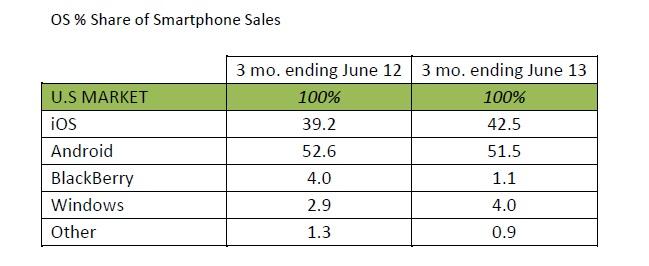
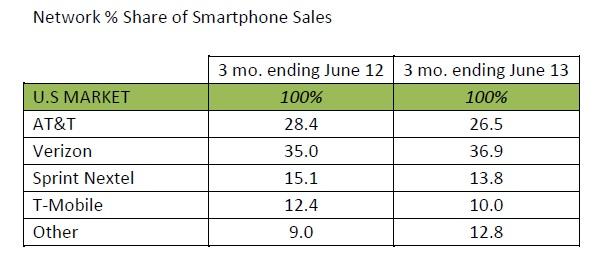
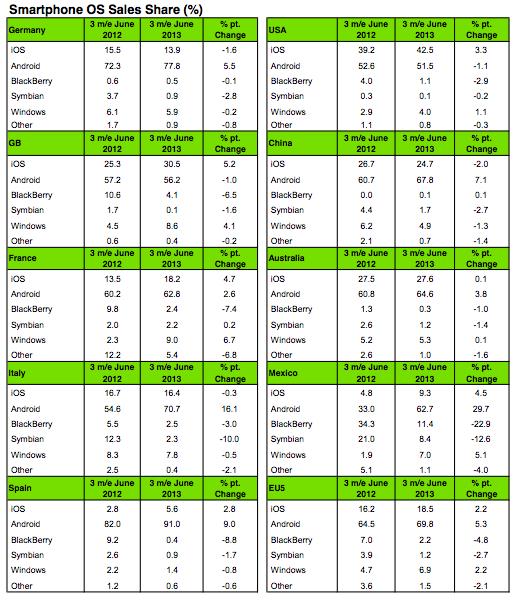
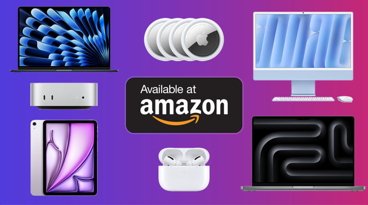


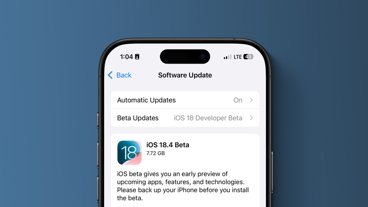
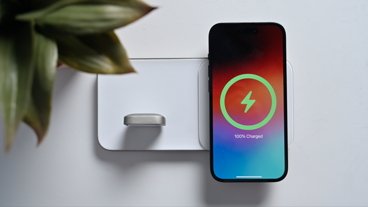
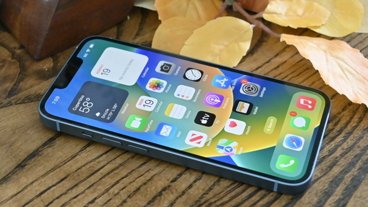
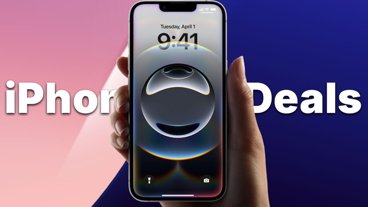
-m.jpg)





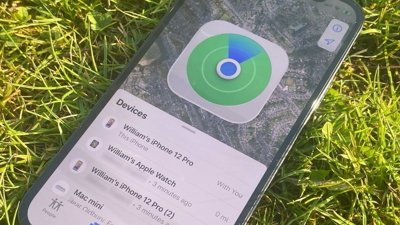
 Malcolm Owen
Malcolm Owen
 William Gallagher
William Gallagher
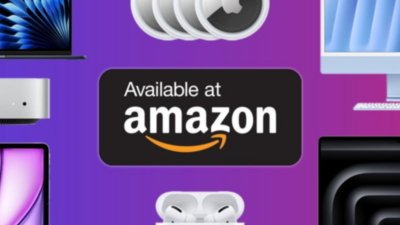
 Christine McKee
Christine McKee

 Charles Martin
Charles Martin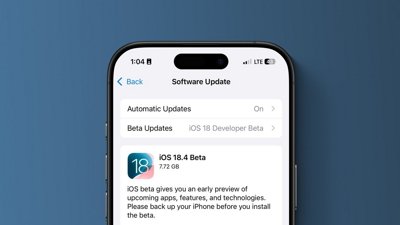
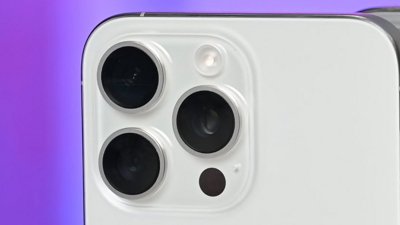
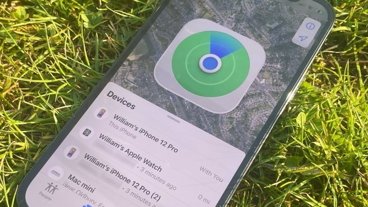
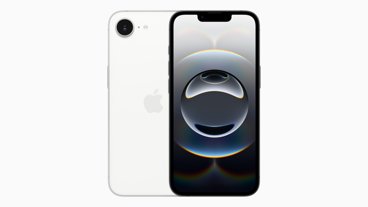
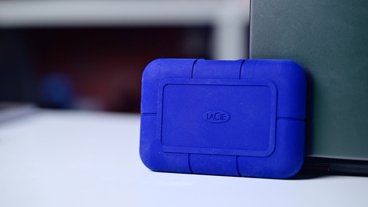




71 Comments
Apple's net income for most recent quarter: $6.9 billion Samsung's net income for most recent quarter: $6.96 billion
[quote name="Sonysexual" url="/t/158759/ios-phone-share-growing-faster-than-android-in-us-uk-and-france#post_2369898"]Apple's net income for most recent quarter: $6.9 billion Samsung's net income for most recent quarter: $6.96 billion[/quote] MS smartphone market share: 2.9% > 4.0%. That's over a 3rd YoY increase. All hail to MS ¡
Apple's net income for most recent quarter: $6.9 billion
Samsung's net income for most recent quarter: $6.96 billion
OK. And what does Samsung do, produce and sell, with how many people and what does Apple do? Mixing Apples and Oranges?
If Apple releases 5 mini and 5 maxi even in stingy Germany the share of Android falls under 40% in one year...
"Apple's net income for most recent quarter: $6.9 billion Samsung's net income for most recent quarter: $6.96 billion" You may want to read this article. http://appleinsider.com/articles/13/07/27/samsung-has-not-dethroned-apple-in-mobile-profits